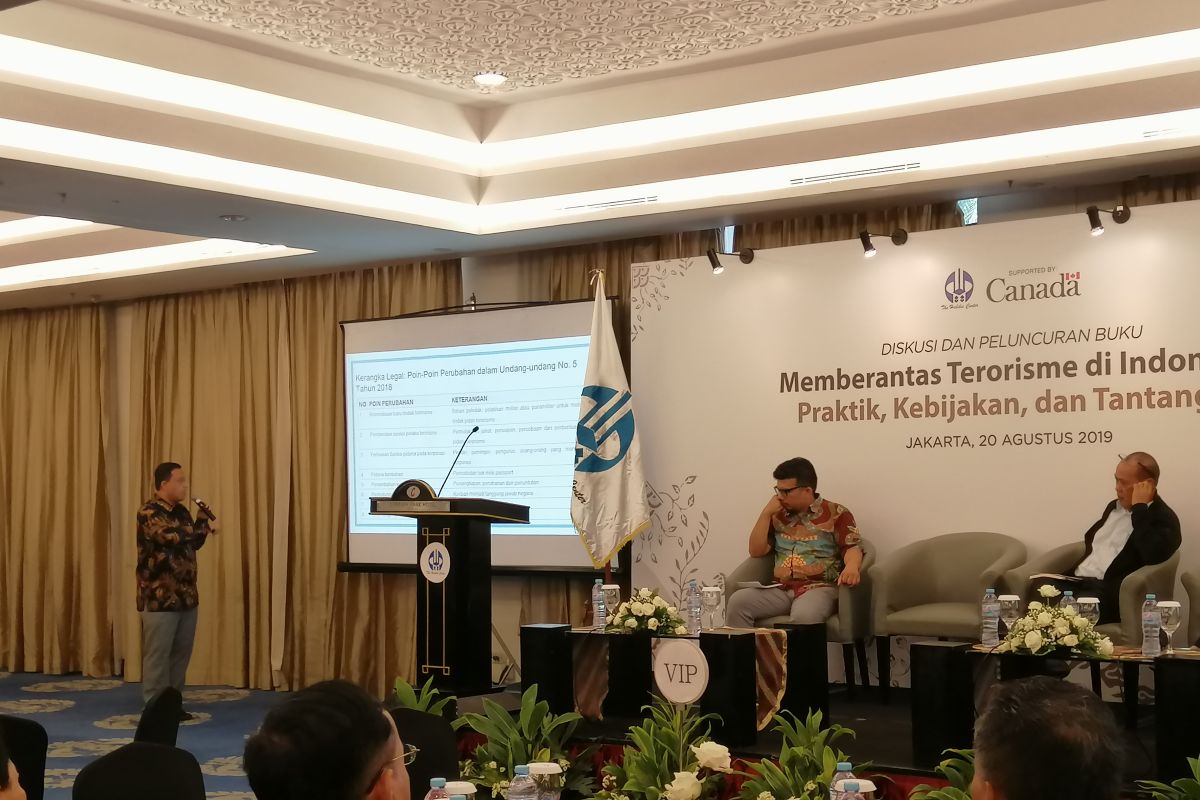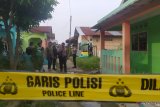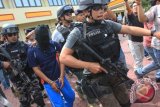At a discussion on terrorism here on Tuesday, Director of Program and Research of the Habibie Centre Muhammad Hasan Ansori shed light on the evolving trend. Earlier studies had indicated that foreigners and foreign facilities had become the target of terror attacks.
"Some 74 percent of the terrorist attacks in Indonesia during the 2017-2018 period had made the police the prime target," Ansori remarked during the discussion and launch of a book on counter-terrorism in Indonesia.
The latest attack on the police took place in Aug 17 when an unidentified man used a sickle to assault two Wonokromo police officers working at a Police Integrated Service Center in Surabaya, East Java.
"The terror attack in Wonokromo has opened our eyes and showed that the latest trend indicated that the police had become the target of terror attack, and it is no longer restricted to foreigners or foreign facilities," he explained.
In addition to the police, he stated that the study showed that 11 percent of the attacks had targeted the public, five percent zeroed in on religious facilities, and while 10 percent were aimed at other targets.
"However, the three targets are not significant as compared to the police," he stated.
A survey conducted by Lazuardi Birru in 2011 indicated that Nanggroe Aceh Darussalam, West Java, and Banten are the three provinces most vulnerable to radicalism, with the highest index of vulnerability to radicalization in Indonesia.
West Java and Banten both scored 46.6 in vulnerability indexes, the second-highest in the nation. Aceh recorded the worst score, with a vulnerability index of 56.8.
EDITED BY INE










